The Fundamental Equation
The universe, the whole, or just everything – named “1” – is the sum of all (a very large but countable number) its fractions – whether they are existing or they are not-existing. The name of each thing is indicated by the index i (a positive integer number) being used to distinguish a thing i from another thing j.
An existant denotes a thing existing in a finite period of time. This comprises all things/objects, which exist in a system during an observation. The system may be defined as a region under consideration or even as the entire universe. The number of existants is called N and may be very large. All existants sum up to the maximum of 1 (meaning 100% of all known (or considered) existing things). In absence of any other thing (i.e. for N=0), the vacuum (or the "matrix thing) remains as the only existant.
If a thing is “non-existent” (or “not yet existent” or “no more existent”) it takes exactly the value zero with the potential of changing to a non-zero value i.e. with the potential of becoming an existent thing. The all quantifier ∀ in the original mereological expression can in this way de-facto be recovered by extending the sum from minus to plus infinity yielding the fundamental equation:
\[\sum_{-\infty}^\infty \Phi_i=\sum_{i=-\infty}^{-1}\Phi_i +\sum_{i=0}^{N_\Phi}\Phi_i +\sum_{N_\Phi+1}^{\infty}\Phi_i=1\]
\[\sum_{-\infty}^{\infty} \Phi_i= past\:things + present\: things + future\: things=1\]
(Fundamental Equation)
Because past & future things are “not more” or “not yet” existing they all take exactly the value zero and the fundamental equation thus reduces to the basic equation:
\[\sum_{i=0}^{N_\Phi}\Phi_i=1\]
Note that the number of things N not necessarily is a constant. New things may occur by splitting of existing things (increasing the number N ) or new things may be created by fusion of existing things (decreasing the number N.
